
-
How it works
-
Industries
-
Services
-
Material
-
Company
-
Resources

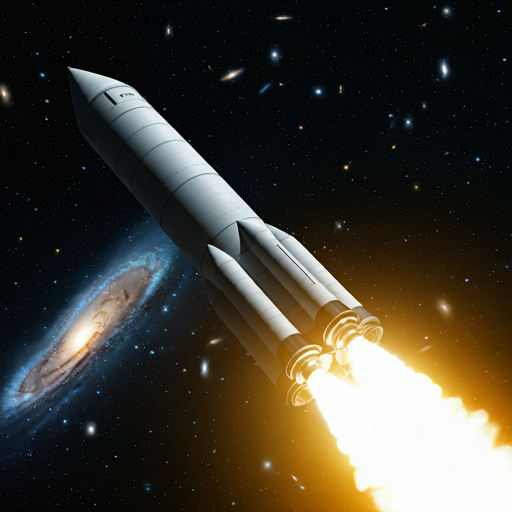

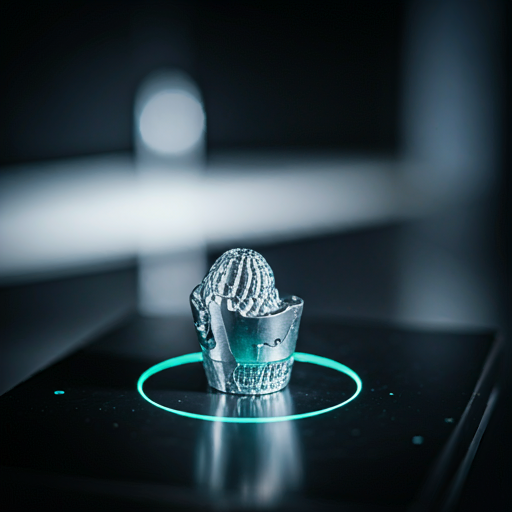
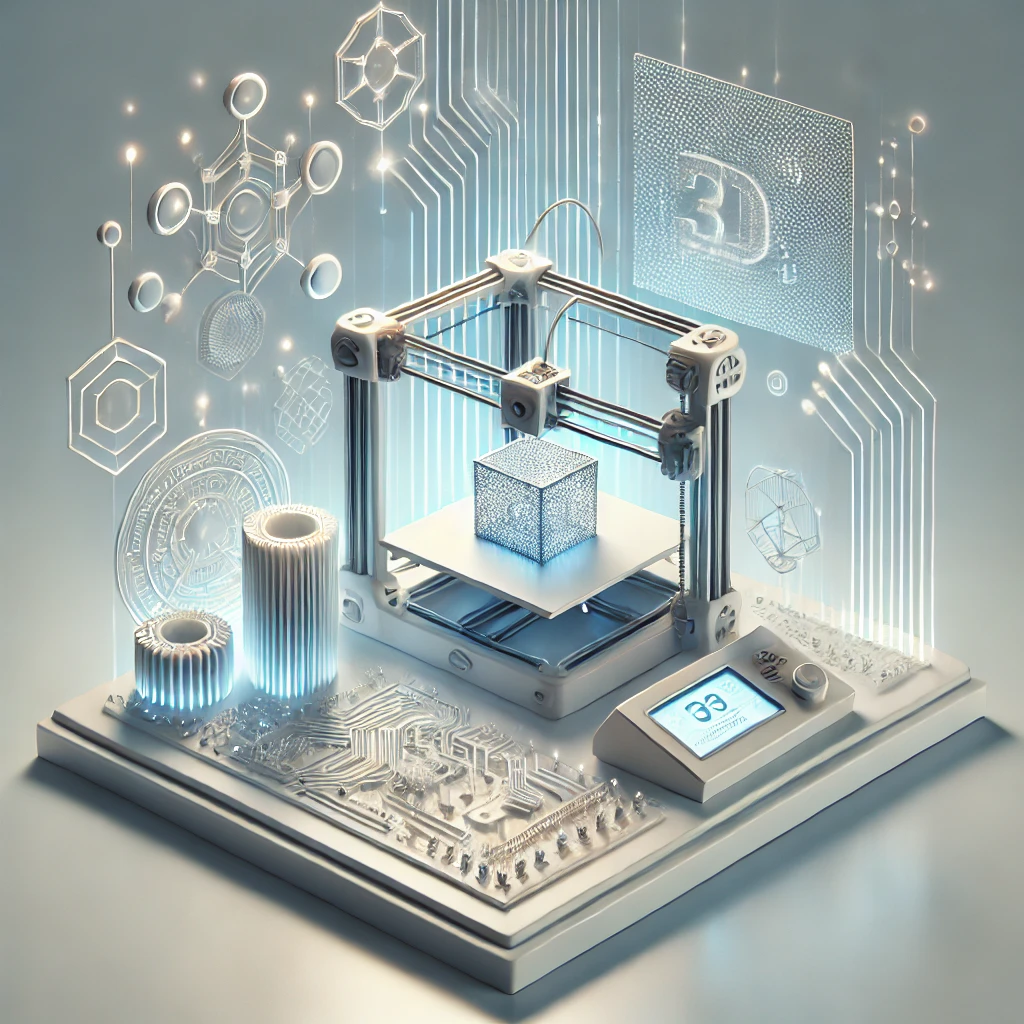




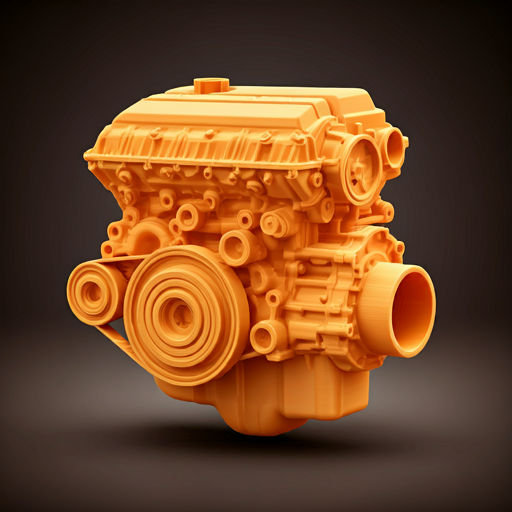

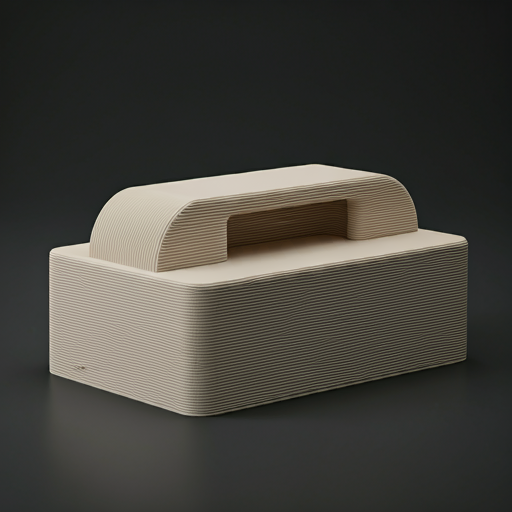
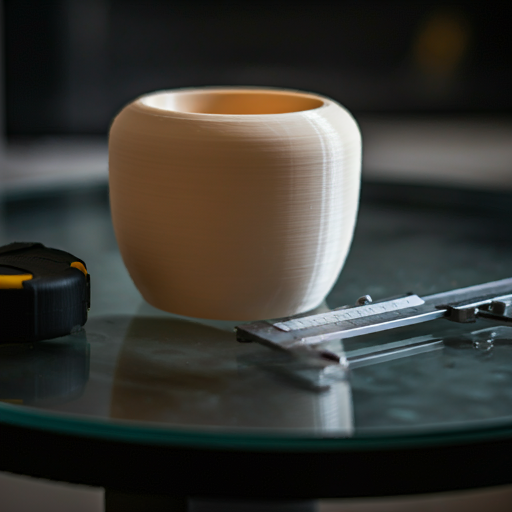
 Industries
Industries
Discover the robust and versatile ABS thermoplastic—a staple in FDM 3D printing known for its excellent mechanical strength, impact resistance, and thermal stability.
ABS is a widely used petroleum-based thermoplastic renowned for its toughness, durability, and ability to withstand higher temperatures compared to materials like PLA. Its excellent mechanical properties and impact resistance make it a popular choice for functional applications across various industries, including automotive, electronics, and consumer products. ABS offers a good balance of strength and flexibility, allowing for the production of parts that can endure mechanical stress while maintaining structural integrity. Additionally, it is compatible with various post-processing techniques such as sanding, machining, drilling, and painting, enhancing its versatility for both prototyping and end-use applications. Its ability to be smoothed using acetone vapor further improves surface finish, making it suitable for aesthetic models as well.





 FDM compatible
FDM compatible
 High Impact Resistance
High Impact Resistance
 Good Heat Resistance
Good Heat Resistance
 Post-Processing Friendly
Post-Processing Friendly
 Acetone Vapor Smoothing Capability
Acetone Vapor Smoothing Capability
 Warping Tendency
Warping Tendency
 Requires Heated Bed and Enclosure
Requires Heated Bed and Enclosure
 Fume Emission
Fume Emission
 UV Sensitivity
UV Sensitivity
Key ABS properties rated to guide you in selecting the best fit for your 3D printing needs.
ABS is ideal for creating durable prototypes, mechanical components, and end-use parts that require robustness and heat resistance. Its properties make it suitable for items that must endure mechanical stress or moderately high temperatures.
 Dashboard fittings
Dashboard fittings
 Interior trim pieces
Interior trim pieces
 Functional prototypes for testing
Functional prototypes for testing
 Housings for gadgets
Housings for gadgets
 Enclosures and casings
Enclosures and casings
 Durable components exposed to wear
Durable components exposed to wear
 Heat-resistant parts
Heat-resistant parts
 Building blocks like LEGO
Building blocks like LEGO
 Recreational equipment
Recreational equipment
 Functional Prototypes
Functional Prototypes
 Snap-Fit Components
Snap-Fit Components
 Manufacturing Aids
Manufacturing Aids
 Post-Processed Parts
Post-Processed Parts
ABS offers a good balance of strength and flexibility, making it suitable for parts that must withstand stress and strain.
| Property | Value, metric |
|---|---|
| Tensile Strength | Approximately 30 MPa |
| Tensile Modulus | Approximately 2,100 MPa |
| Elongation at Break (%) | 6% |
| Flexural Strength | Approximately 45 MPa |
| Flexural Modulus | Approximately 2,300 MPa |
| Notched Izod Impact Strength | Approximately 100 J/m |
| Shore Hardness | Shore D 70 |
Printing with ABS requires careful control of printing conditions to prevent common issues like warping and layer separation. A heated bed and an enclosed build chamber help maintain the necessary temperature consistency.
| Type | Value |
|---|---|
| Lead Time | 1-5 business days |
| Wall Thickness | Minimum 1.2 mm |
| Tolerance | ±0.15%, minimum ±0.2 mm |
| Max Part Size | Up to 450 x 450 x 450 mm |
| Layer Height | 0.1 mm to 0.3 mm |
ABS maintains its mechanical properties in environments with elevated temperatures, making it suitable for applications where heat resistance is important.
| Property | Value, metric |
|---|---|
| Heat Deflection Temperature (HDT) | Approximately 95°C at 0.455 MPa |
| Thermal Expansion Coefficient | Approximately 90 x 10^-6 /°C |
| Thermal Expansion (Scale 0-100) | 70 |
| Max Service Temperature | Up to 85°C before significant deformation may occur |
ABS is an effective electrical insulator, making it suitable for components that require non-conductive materials.
| Property | Value, metric |
|---|---|
| ESD Safety | Standard ABS is not ESD safe; ESD-safe grades are available for sensitive applications. |
| Conductivity | Non-conductive; offers excellent insulating properties. |